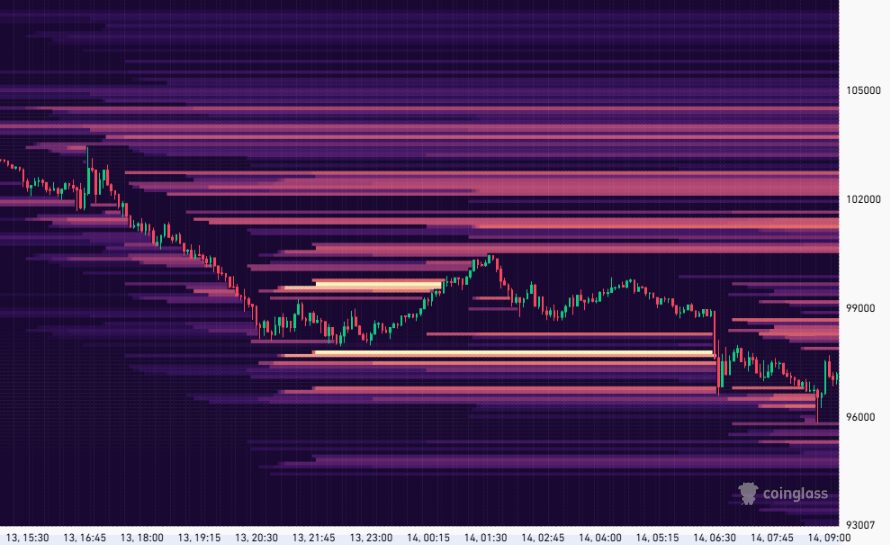If you thought Apple’s $19 cleaning cloth was excessive, just wait until you see their latest release: the iPhone Pocket, a limited edition fabric sling for your device, priced at $149.95 for the short version and $229.95 for the longer, crossbody style.
This product almost seems designed to provoke outrage. According to Apple’s site, its design draws inspiration from the idea of “a piece of cloth,” with the entire accessory crafted from a single piece of fabric.
Yet, within the context of fashion, the iPhone Pocket actually makes sense — I’d consider buying a small, vivid yellow sock pocket to attach to my azalea-pink Telfar bag, if only the price weren’t so daunting. Realistically, though, I’m probably not the target demographic for a hundred-dollar-plus sock.
 Image Credits:Apple
Image Credits:Apple
If you know anything about Issey Miyake, the Japanese brand behind the iPhone Pocket, this concept might sound familiar. The late designer Miyake introduced the APOC (“a piece of cloth”) idea in 1997, highlighting his forward-thinking, tech-inspired approach to fashion and his commitment to minimizing waste.
“With a ribbed mesh construction reminiscent of Issey Miyake’s signature pleats, the iPhone Pocket offers an elegant way to carry your device,” Apple explains. “When you stretch the fabric, the open weave subtly exposes what’s inside, letting you glimpse your iPhone’s screen.”
It’s not surprising that Miyake’s understated brilliance drew the attention of Steve Jobs, another creative visionary. The two became friends, and in the 1990s, Jobs asked Miyake to design a uniform for Apple employees, inspired by what he’d seen at Sony in Japan. Though Jobs’ team rejected the idea of matching outfits, Jobs himself liked the concept, leading him and Miyake to collaborate on his personal wardrobe.
Indeed, Issey Miyake — the brand behind Steve Jobs’ iconic black turtleneck — is also responsible for the iPhone Pocket. (However, Miyake himself did not design the Pocket, as he passed away in 2022.) While the Miyake brand and Apple have never officially partnered, this collaboration feels inevitable, given Miyake’s influence on Jobs’ signature look, which became synonymous with Apple’s refined style during his leadership.
The crossbody version of the iPhone Pocket — available in only three colors — taps into the ongoing trend of crossbody phone accessories. Apple even launched its own $59 crossbody strap this year, which we found to be well-constructed, though a bit awkward for daily use. (Some photographers, however, say it’s the ideal camera strap.)
As for the shorter version — likely to be more popular due to its lower price and broader color selection — Apple might be taking inspiration from Labubu. Let me explain.
 Image Credits:LILLIAN SUWANRUMPHA / Contributor / Getty Images
Image Credits:LILLIAN SUWANRUMPHA / Contributor / Getty Images
Much like the iPhone Pocket, Labubu’s appeal seems both trivial and puzzling, which only adds to its charm for collectors. While a single Labubu “blind box” costs about $30, rare editions of these plush monster keychains have fetched up to $10,000 during peak demand. The most obvious link between Labubu and the short iPhone Pocket is that both are accessories meant for other accessories. (This might be related to the curious trend of decorating your Stanley Cup, too.)
With features like Tap to Pay and wallet attachments for your phone, it’s now possible to leave home with just your device and still manage daily life. (Extra points if your door opens with a code — no need for keys!) It’s no surprise that more bags are being designed specifically for phones. Consider the popularity of those mini Trader Joe’s totes, or how the small crossbody Telfar remains a must-have accessory. Brands such as Free People, Baggu, Lululemon, and even IKEA are selling keychains that are simply miniature versions of their bags. It’s not a huge leap to imagine a sock as the next big thing.
Will the iPhone Pocket become the Labubu of 2026? I wouldn’t count on it. But if it does become a hit as a holiday present this year, don’t say I didn’t warn you.



